Friday, 28 November 2025
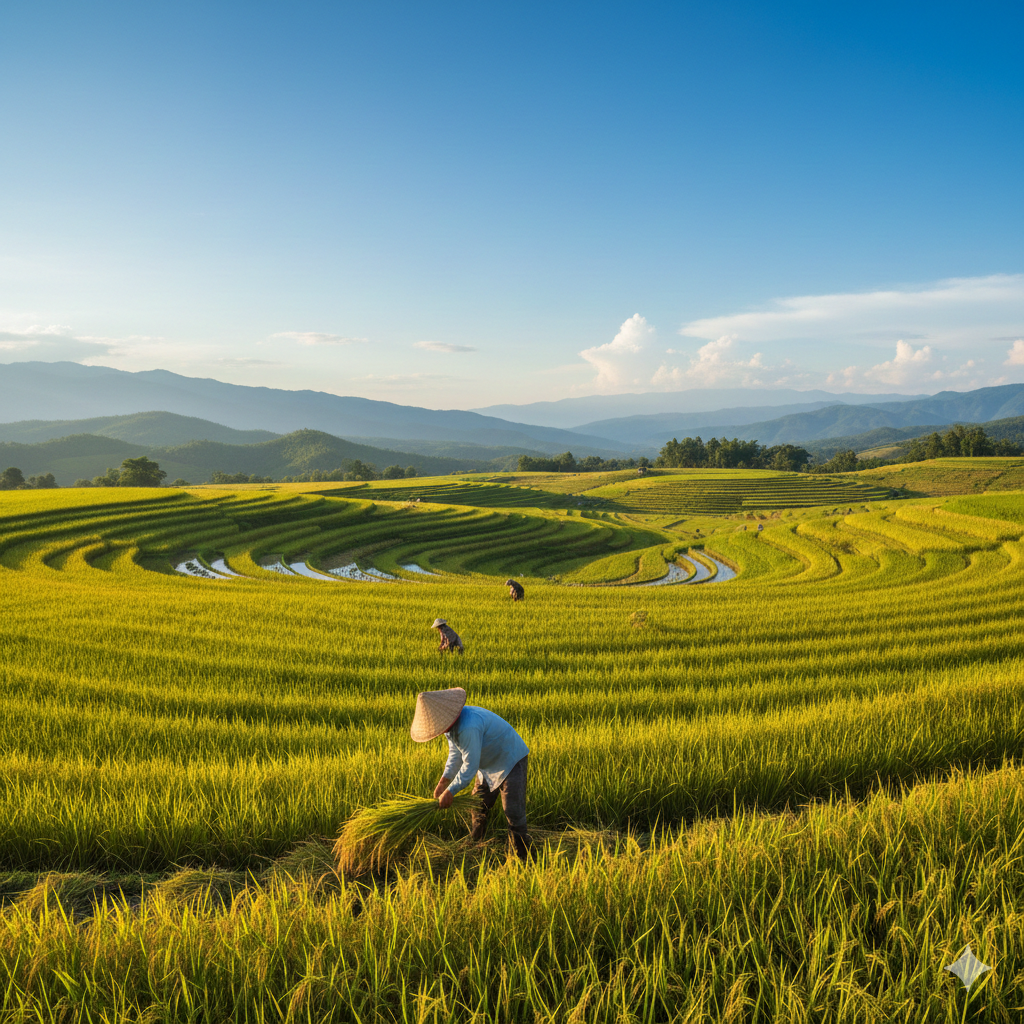
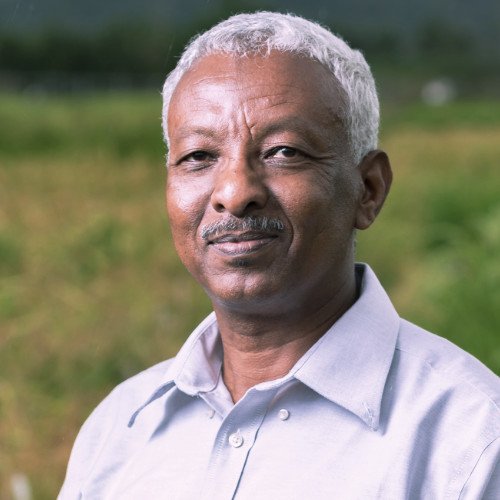
In an exclusive AgroSpectrum interview, Dr. Ismail Abdelbagi, Principal Scientist and Regional Representative for Africa at International Rice Research Institute (IRRI) lays out a candid assessment of why Africa still imports $8–9 billion of rice annually despite holding the world’s largest reserve of untapped arable land. He argues that the continent’s core bottlenecks—underfunded seed systems, broken value chains, low government investment, and dominance of rainfed, low-productivity systems—must be fixed before any talk of self-sufficiency becomes realistic.
Breakthroughs in drought, flood, salinity, and heat-tolerant varieties are finally progressing, but require African-specific breeding pipelines, stronger national programs, and serious funding to reach scale. With consumers shifting toward higher-quality, fortified and convenience rice, Dr. Ismail points to milling modernization, youth-led mechanisation services, and private-sector seed systems as Africa’s next billion-dollar opportunities. Looking ahead to 2035, he says Africa can be food-sovereign and even a net exporter—but only if political stability, modernized policies, and investment-ready ecosystems align to unlock the continent’s true rice potential.
Africa’s rice imports have crossed $8–9 billion annually, despite strong policy rhetoric on self-sufficiency. Which structural weaknesses—seed systems, milling capacity, land productivity, or trade dependence—are most urgent to fix, and what would be the fastest win ?

Africa has the potential to feed itself and even contribute substantially to global food production and security. The continent holds about 60 to 65 per cent of the global arable lands that has not yet been exploited, with diverse climates suitable for various crops. These vastly underutilized resources position the continent as a future safety valve for global food security. Several general issues are contributing to the inadequate use of these resources such as limited investment in infrastructure including irrigation, modern production and postharvest technologies and marketing platforms.
Several challenges need to be addressed to unlock this potential for the continent to effectively contribute to local and global food security. Governments’ investment in agriculture is still low compared with countries in Asia, mostly less than 1 per cent of their respective GDPs. This is despite the commitment to allocate at least 10 per cent of national GDP to agriculture and rural development, based on Maputo Declaration endorsed by all states in July 2003.
Committing to invest in agriculture, including production, postharvest and marketing infrastructure, enabling policy frameworks, providing training and capacity building, and minimizing risks especially for smallholder communities will boost productivity and address food, nutrition and income security, and ensure food sovereignty to avoid dependence on imports in the increasingly becoming less reliable international food market trade.
Rice lands and water resources are abundant in Africa, with an estimate of over 300 million ha suitable for rice production, with only about 12 per cent of it currently in use, with low productivity averaging less than half of the world mean production. This is because of dominance of traditional farming approaches, especially in rainfed farming systems that constitutes about 80 per cent of the current rice production areas.
Implementing proper policy frameworks that support rapid growth of the rice sector, including adoption of new varieties and modern production practices such as mechanization, effective seed production and delivery systems, access to markets for smallholder farmers (SHFs) to vend their produce at prices that ensures sufficient profits and sustained income, and access to agrochemicals including fertilizers at affordable prices and in time.

For this to be realized, rice-based value chains need considerable amendments to reduce intermediaries and provide access of farmers to competitive markets for better choices of prices and to motivate them to produce more. Consolidation of SHF into large fields managed through farmers’ cooperatives and communities will also facilitate implementation of efficient, scale-appropriate technologies to replace the current mostly manual and inefficient production methods being used by smallholders.
Engaging the private sector and other investors is critical for the success of rice-based systems in Africa for effective commercialization of new varieties, development of sustained seed systems and for market access. Intergovernmental arrangements and guidelines are mostly in place but largely not implemented, these agreements can help reduce dependence on import through regional and continental food security and sovereignty. Africa also deserve stronger and binding trade agreements independent of global food and trade instability, although this trade dependence is in part, a result of low production and poor quality of the produce, to meet local requirements. This is further aggravated by political instability and security leading to conflicting investment priorities.
Climate shocks are hitting rice hardest in rainfed lowlands, where 80 per cent of Africa’s farmers operate. How close are we to a breakthrough in drought- and heat-resilient varieties that can stabilize yields without costly irrigation infrastructure ?

Rainfed rice areas in Africa has not been given sufficient attention for rice production, and farmers still use traditional tools and technologies. This is contrary to the progress made in Asia, where most rainfed areas has been transformed into productive lands, with high and mostly stable yields. The transformation in Asia became feasible after the introduction of varieties that tolerate drought, floods and salt stress, both in coastal and inland areas. This is also coupled with modern production technologies, including water management, proper use of fertilizers, mechanized farming and other suitable cultural practices, with considerable success in increasing and sustaining productivity and income of SHFs in affected areas.

Sub-Saharan Africa benefitted little from the stress tolerant varieties developed for South and Southeast Asia, and obviously more efforts need to be devoted to developing and delivering such varieties for Africa to help cope with the vastly worsening climate change adversities.
This is only possible through dedicated and well-funded projects to ensure faster progress and impact, especially with the recent scientific developments and use of modern breeding strategies, including molecular tools for genotyping coupled with efficient phenotyping approaches using speed breeding facilities. IRRI started using these technologies in its centralized breeding facilities in Philippines and India, with the products targeting African environment being tested locally in African countries. We are expecting some good progress in the coming few years if resources permit.
IRRI’s Sub1 and salinity-tolerant varieties changed the game in Asia. What are the next frontier traits that Africa needs—especially along the Sahelian dry corridor and coastal deltas facing salinization from sea-level rise?
Rice farmers in Africa are facing numerous challenges, including the same issues in Asia – drought, floods and excess salts in soil and water. Besides, other abiotic stresses like iron toxicity in lowlands and nutrient deficiencies due to soil conditions, like phosphorus and zinc deficiencies in uplands, are also serious in some areas. The soils are degraded and deficient in minerals and organic carbon due to continued mining with little replacement. Moreover, the unusual variation in temperatures being experienced, is also leading to considerable reduction in yields, with higher temperatures in some lowland areas and chilling temperatures in highlands. The dominant stains of common rice diseases are sometimes different from those dominating in Asia, making breeding stress tolerant varieties even more challenging.

For these reasons, the stress tolerant varieties released in Asia that made considerable contributions in increasing and sustaining productivity in some countries, like drought, flood and salt tolerant varieties, mostly do not work in Africa, due to variation in other factors, especially diseases and pests and soil conditions. This necessitates transfer of tolerance traits and genes into genetic backgrounds suitable for Africa, and significant efforts and resources need to be devoted to developing such varieties. Due to these and other factors, particularly lack of resources and breeding infrastructure for national breeding programs, our work on developing stress tolerant varieties for Africa has been slow.
The genetic factors responsible for tolerance of drought, floods, salinity and their combinations need to be transferred into varieties suitable for African climate conditions while meeting the consumer and local market requirements and preferences, before they can successfully be commercialized and adopted.
This work has been ongoing with some success in releasing few flood-tolerant varieties (with SUB1 gene) in Nigeria and Madagascar, and salt tolerant varieties in Kenya and Tanzania. Some varieties with partial tolerance to drought were released in several countries across SSA. Work is also ongoing to develop varieties that tolerate temperature extremes, where heat waves are becoming common during the season in lowlands and low temperatures in highlands. Ideally, future varieties for Africa should combine tolerance of major abiotic stresses dominating in a particular target region, together with resistance to common diseases.
Today’s African consumer is shifting from low-cost staples to quality, fortified, and convenience-driven rice. What innovations in processing, branding, and nutrition could unlock the next billion-dollar opportunity for domestic producers ?
Rice is becoming the cereal food of choice in SSA, over the traditional coarse grains like sorghum, millets and teff, because of its palatability, ease of preparation and storage. This shift is driven by several demographic changes, including rapid population growth, with currently over 60 per cent of the population being young, below 25 yrs of age, with shifts in food preferences and conveniences. There is also an exodus of youth to urban areas, seeking better living conditions and opportunities, leaving older generations to deal with farming.

This situation can be effectively reversed by providing attractive entrepreneurships through rice farming, such as service provision, especially mechanization, transport and storage, use of IT tools and Apps, seed production and marketing, etc., to make farming more attractive for younger generations. Enabling and supporting such enterprises for young men and women will significantly help in improving productivity and reducing cost of production, while providing employment opportunities for younger generations to stay on farms, reducing pressure on already struggling cities. Similarly, this is opening opportunities for investors and private sector to engage in support provision and even commercial production and marketing. Apparently, all steps along the value chain provide an investment opportunity in most countries.
Rice produced locally is not yet competitive with imported rice in most countries, and that is because of many factors, including use of old varieties, poor seed systems to deliver new, improved and high-quality products, poor post-harvest and storage management. Modernizing rice production, including use of quality seeds and sufficient agrochemicals, as well as upgrading the whole value chain, especially postharvest (drying, cleaning, milling, packaging, storage, transport and marketing) will go a long way to make locally produced rice comparable with imported rice, which consumers prefer, especially in urban areas. Subsequently, this will provide good opportunities for investments in Africa.

India, for example, could play major roles through bilateral engagements like the existing lines of credit for some countries and through South-South Cooperation and trade agreements. SSA countries can learn a lot from India, through its impressively short journey from being a net importer of rice to the largest exporter in the world within couple of decades. This also provide lots of opportunities for private sector to invest in these value chains, particularly commercial seed production, mechanization and all aspects of post-harvest management.
SSA also need to build abilities and investments to adopt climate friendly operations with the expansion of rice industry, and to avoid the issues being experienced in major rice producing countries. The most obvious is the straw and husks burning under intensive rice production systems, involving 2-3 seasons per year, leaving little time to deal with solid wastes. Value addition and processing of these solid wastes can generate more income, e.g. biochar to enrich soil carbon, use in cement industry, mushroom farming, and processed fodder for livestock. Industries involving various products and value addition using rice can also help generate opportunities for commerce and for income.
Fragmented national markets raise cost across the value chain. With AfCFTA slowly accelerating, which cross-border rice corridors (e.g., Senegal–Mali, Nigeria–Niger) could emerge as competitive agro-industrial hubs by 2035 ?
Most of the intraregional trade in rice and other food commodities in SSA are informal and not well organized to reach their conceivable targets, leading to such fragmented and broken value chains and markets. However, if well-structured and regulated, can play major roles in reducing transaction costs, especially the cost of transport, and could help in resolving issues associated with other non-tariff barriers to encourage and support investments.

Several countries in SSA succeeded in substantially increasing their annual rice production and some of them started trading with their neighboring countries. These countries include Tanzania, Madagascar, Nigeria, Mali, Guinea, Sierra Leone, and Ivory Coast. These countries are also exporting rice to their neighboring countries through mostly informal means. Countries that already achieved self-sufficiency, like Tanzania will likely contribute substantially to its neighbors like Kenya and Uganda.
If AI-based advisories, digital extension, and climate risk insurance can reduce production uncertainty, what would it take to mainstream data-led farming among smallholders—technology subsidies, telco partnerships, or new farmer-business models ?
AI-based advisories, extension apps and climate risk insurance models are important tools that can help speed generation of relevant information, reaching to extension personnel and farmers and minimizing farmers risks by providing insurance against disastrous incidents. AI proved to be transformative in making difficult technologies accessible and convenient and is becoming increasingly useful in agriculture and environment research. Yet its fast and predictive power raises concerns over the likely risks of its use to benefit SHFs, despite its power to speed generating scientific knowledge for the public.
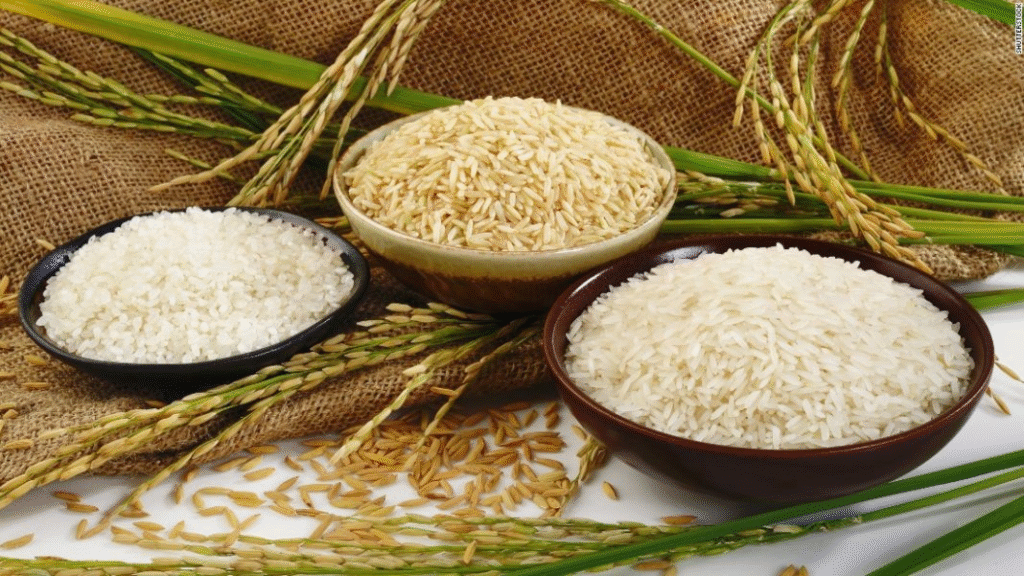
AI already proved its effectiveness in managing commercial farms in developed countries, and similarly could be adapted to farmers needs in SSA, to support decision making based on legacy data, which will considerably reduce investments and time to come up with bundles of interventions fitting specific local contexts, including forecast of catastrophic incidences, like droughts and floods, disease and pests outbreaks that are becoming more frequent with climate change progression.
Climate risk insurance is also being accessed by farmers in Asia. Both AI and climate insurance has not been implemented to any scale in SSA to benefit SHFs, providing good business opportunities and new models for farming and food production. However, digital tools in the form of Apps provided through smart phones are being used by extension personnel and even farmers for training and access to information, including input and output market intelligence, nutrient and water management and for managing and forecasting yields, disease incidences etc.; and are likely to be mainstreamed faster than other digital farming technologies in SSA.
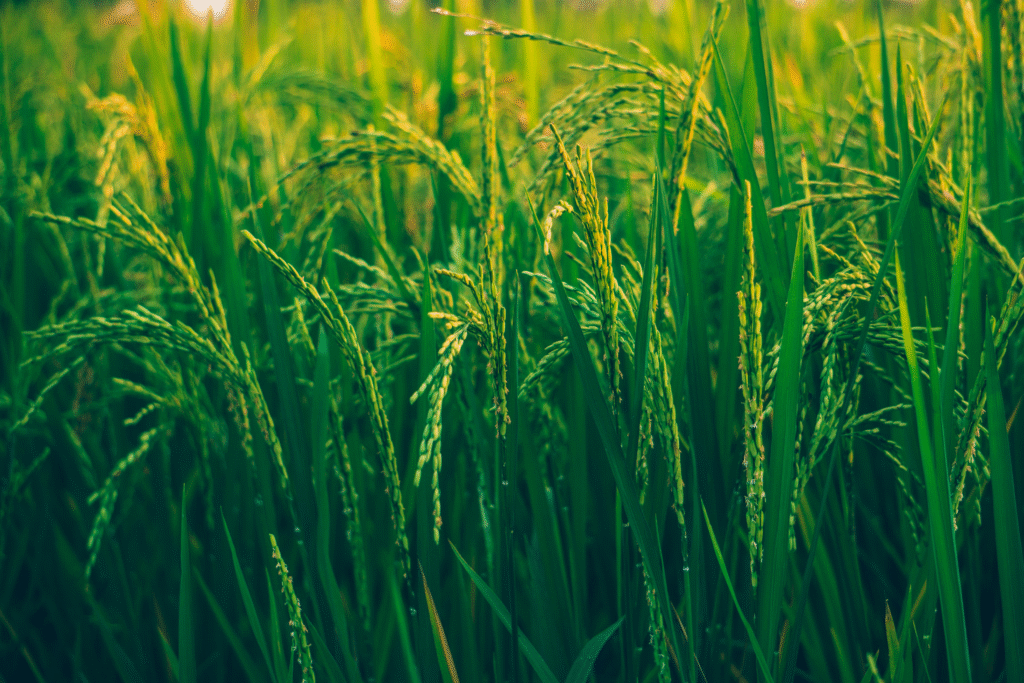
The use of these tools, however, need to be carefully assessed and regulated to avoid any risks to farmers due to lack of awareness and capacity or due to risks associated with the technology. This is mainly because SHFs have very little resources to avert any incurred risks caused by erroneous or biased data used to generate such models. There are several ethical risks associated with these data-led tools, especially with AI, which has not been rigorously tested and regulated in Africa, including risks associated with data accuracy, availability and privacy, potential loss of jobs and displacement, biased access to information leading to unequal benefits, “digital divide” based on accessibility, etc.
Strict ethical frameworks and transparency need to be in place to protect SHFs and reduce their vulnerability. Similarly, crop insurance requires strict guidelines and assessment to ensure accuracy of information and credibility of claims, which in most cases will be outside SHF‘s capacity.
Government-led programs equipped with proper monitoring and data collection is necessary for the success of these advisory and support tools, for them to be successfully deployed in Africa, to mainstream data-led farming. Africa also lacks an effective geospatial system for instantaneous generation of information on potential climate-related disasters, an area that will require infrastructure investment and training. This is critical to provide both farmers and governments with early warnings and to guide decisions that help mitigate any negative consequences. Successful use of these ventures will also require substantial investments in infrastructure and support services, which opens considerable opportunities for investors.
Looking ahead to 2035: what does a climate-secure and investment-ready African rice ecosystem look like—and what is the single hardest political or economic barrier standing in its way ?
Provided resources and stability within the coming ten years, I expect several countries in Africa to accomplish food self-sufficiency, and some become net exporters of various food staples, including rice. This will likely lead to continental food sovereignty and less dependence on the currently fragile international trade markets, especially exposure to price shocks that become inevitably frequent due to several triggers such as weather calamities, conflicts and political unrests, leading to panic hoarding in some cases. I believe reaching self-sufficiency will depend on how fast countries and regions make progress in critical areas that are currently holding them back, including the following:

Significant and consistent government’s investment in food production and related infrastructure for processing, storage and transport. This should include provision of insurance and subsidy options to derisk and protect smallholder farmers, and to provide minimum farmgate prices to sustain farmers’ income and profit and keep them in the market.
Fixing and strengthening rice value chains: Currently SHFs in Africa are getting less than half of the proceeds their counterparts are getting in Asia. This is mainly because the existing value chains are broken, mostly unregulated and dominated by intermediaries.
Political stability is critical for sound progress and development of the rice agri-food systems. Fortunately, most countries are moving in that direction. This will encourage investors to take critical roles in financing to revolutionize the food value chains, including rice where relatively little is available in international trade market, and with increasing global demands.
Adjusting policies and guidelines to match those in other successful countries like India, to streamline the development and deployment of innovations faster. Current policies in most countries are outdated and are hindering progress, especially those related to release and scaling of new varieties, delivery systems for quality inputs and outputs, and for engaging private sector and investors to provide needed capital and capacity. This is probably the hardest political and economic barrier standing in the way of SSA to be investment ready and to assume its proper role as global food provider. Some countries are already making strides in this direction.
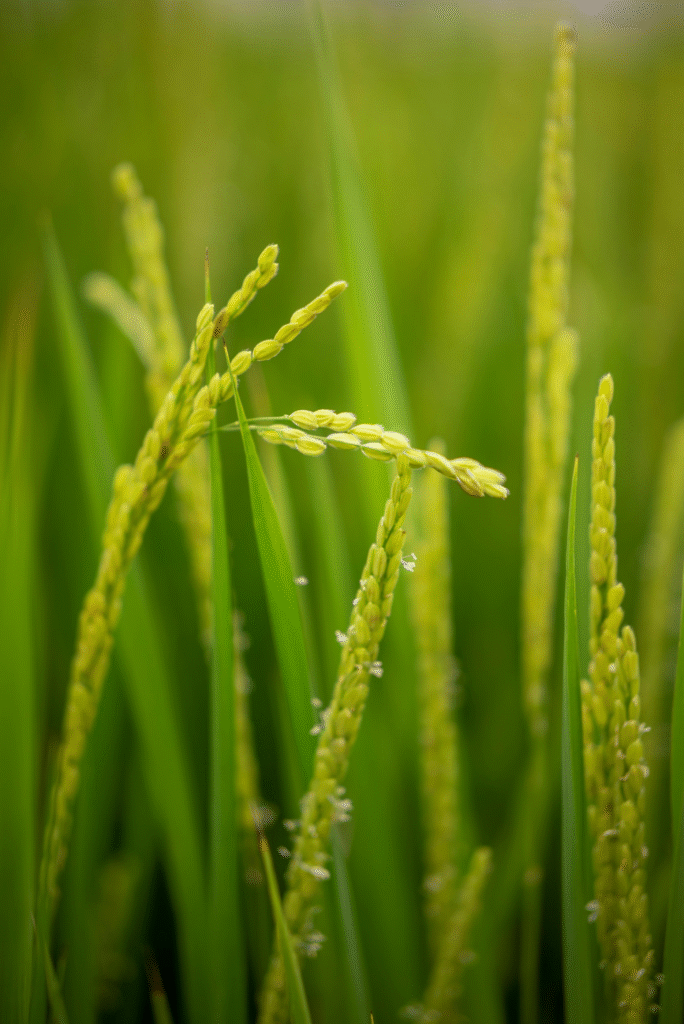
Implementation of national and regional strategies that support growth of the rice sector: All major rice producing countries and few regional economic communities in SSA developed their national and regional rice development strategies that detailed the way to achieve their intended targets by 2030, these strategies are yet to be effectively implemented.
The regional Economic Communities (RECs: EAC, ECOWAS, IGAD, COMESA, SADC) and the Associated Regional Agricultural Research Networks (e.g. CORAF, ASARECA, CCARDESA) also developed policies that assure and regulate collaboration across borders of neighboring countries, within regions and at the continental scales to allow free adoption of varieties released in a particular country, free cross-border movement of seeds, grains, agrochemicals and knowledge, with no non-tariff barriers. Engaging with countries in Asia through South-South Collaboration (SSC) is also being discussed to enhance learning and exchange, and to facilitate investments for faster growth. An example in this direction is the “Seed Without Borders (SWB) agreement facilitated by IRRI.
Most countries in Africa already set policies and guidelines that encourages investments in agriculture and food production, others are on the way. There are dire needs for these investments, especially in upgrading infrastructure, facilitating aggregation of SHFs into commercial entities, provision of modern technologies particularly machinery, agrochemicals and marketing platforms
— Suchetana Choudhury (suchetana.choudhuri@agrospectrumindia.com)